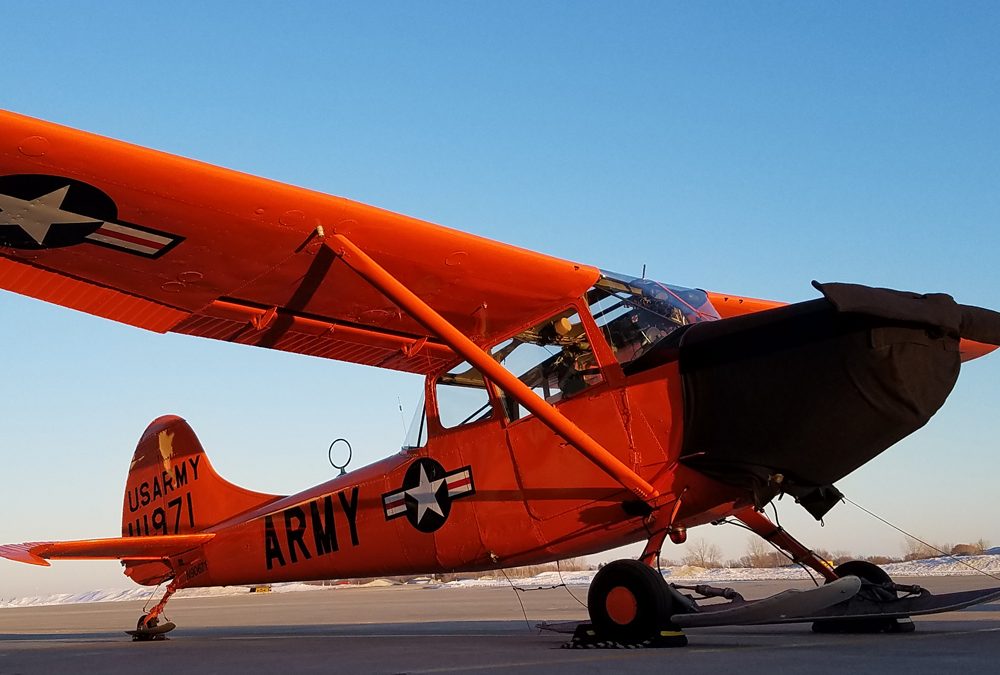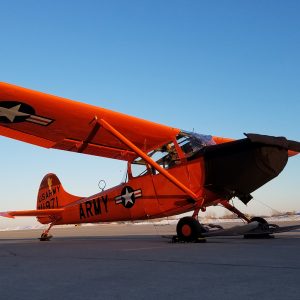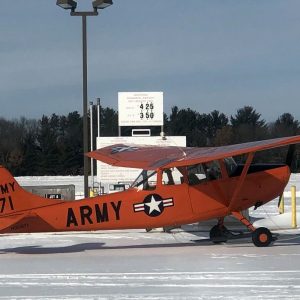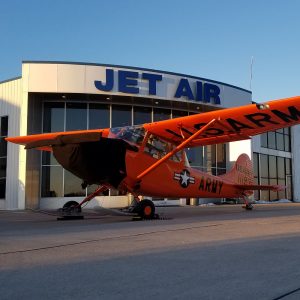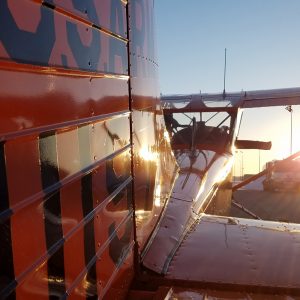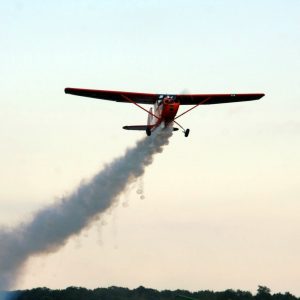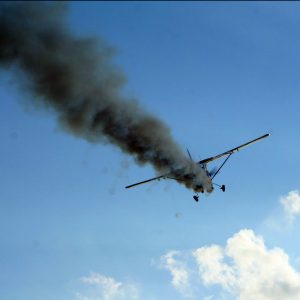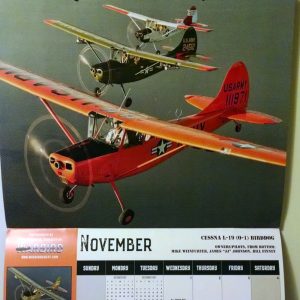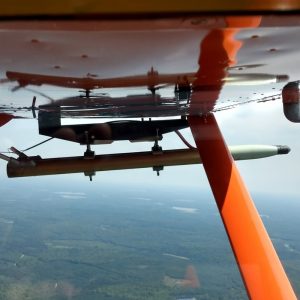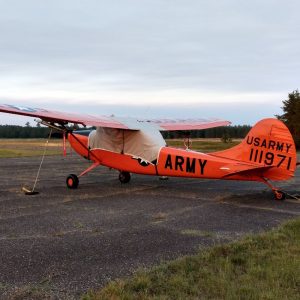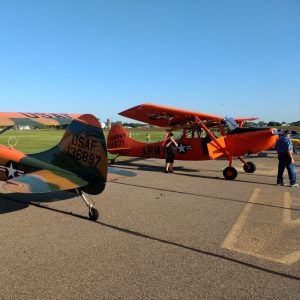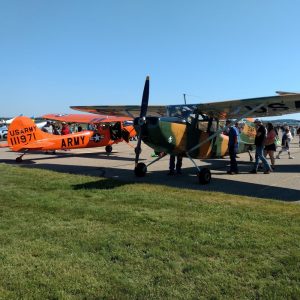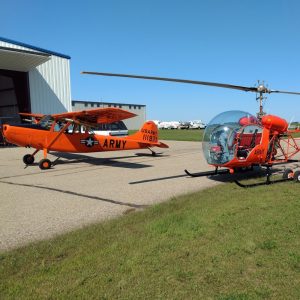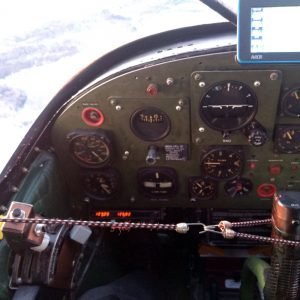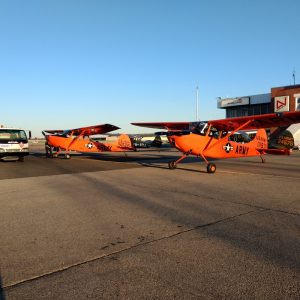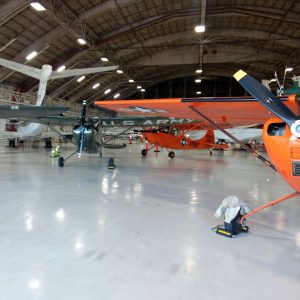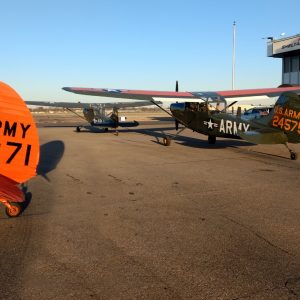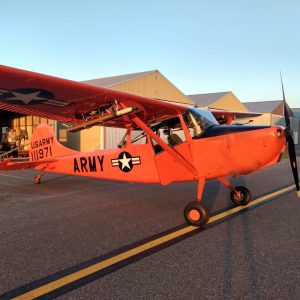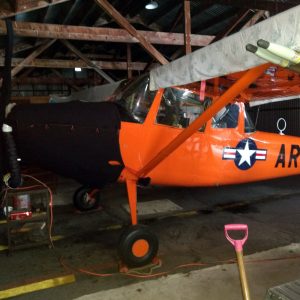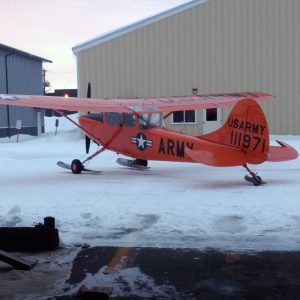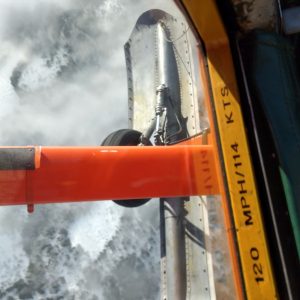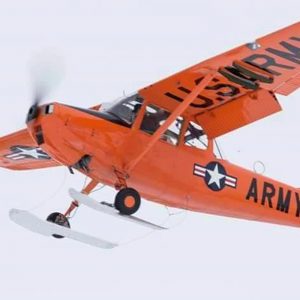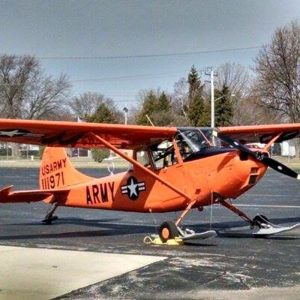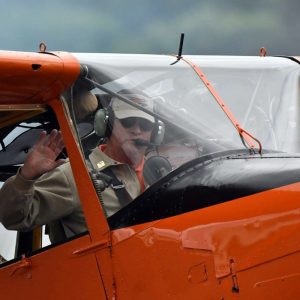The Cessna L-19/O-1 Birddog: Designations of the Birddog line included the original L-19A used by the U.S. Army of which 2,486 were eventually produced. These were then redesignated as O-1A in the 1962 U.S. military designation reorganization. First flight of the Birddog was on December 14th, 1949 with the end result being a U.S. Army contract. The aircraft was formally accepted into service as the L-19A “Birddog” with introduction set for December of 1950. The “Birddog” name was provided by Cessna through an employee contest and referenced hunting dogs used by masters to help identify possible game. Due to the growing American commitment in the Korean War (1950-1953), the Birddog was immediately pressed into service in the conflict as soon as usable numbers became available. The American military went ahead with a 3,200-strong order of the small, agile aircraft and manufacture of these aircraft spanned from 1950 into 1959. From the period of 1955 to 1975, the conflict in Vietnam brewed and eventually grew the American commitment in that part of the world. As a result, the Birddog was back in play for its multi-role capabilities and the USAF now took interest in the mount for the Forward Air Control (FAC) role. FAC was utilized to provide direction for Close-Air Support actions assisting ground “friendlies”. In this way, the little aircraft could relay pertinent information to incoming strike aircraft and avoid friendly casualties while laying waste to nearby enemies. During the war, the Birddog faithfully served in the communications, spotting, scouting and other like-roles which further solidified the diminutive aircraft’s forte in a combat zone. Air-to-surface rocket tubes were affixed under the wings to provide a limited offensive punch when needed. Nearly 500 Birddogs were lost during the war. The L-19/O-1 Birddog you see here is owned and operated by Mike Weinfurter.

